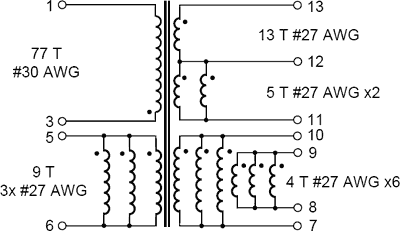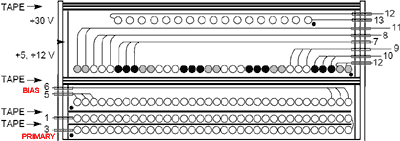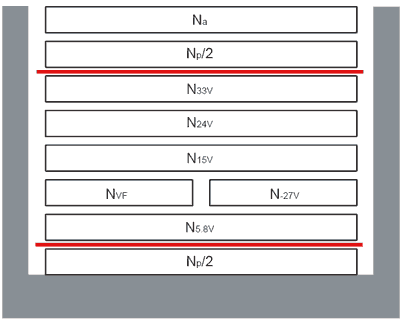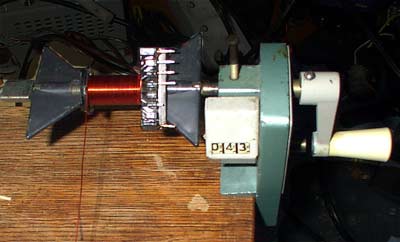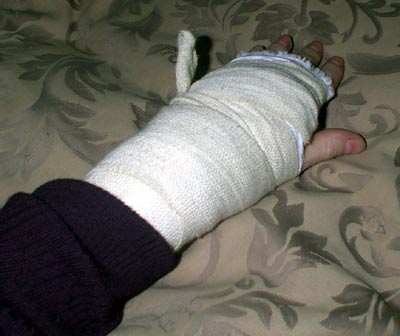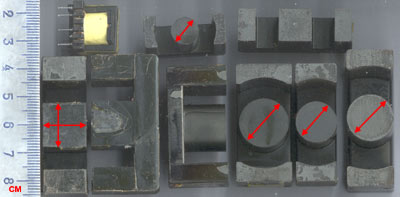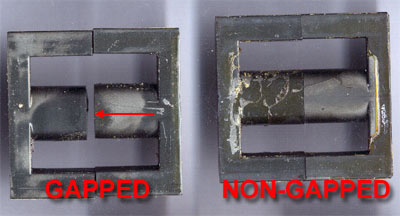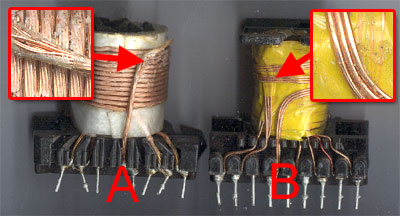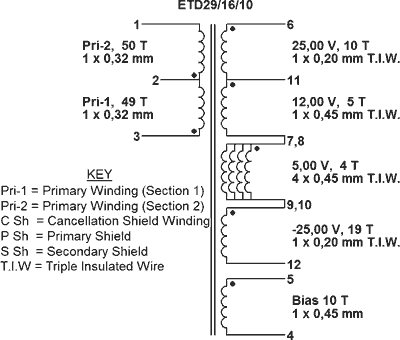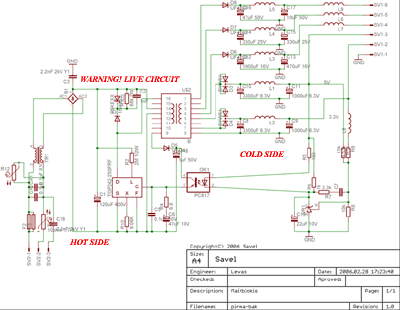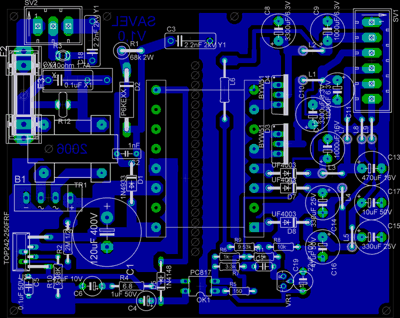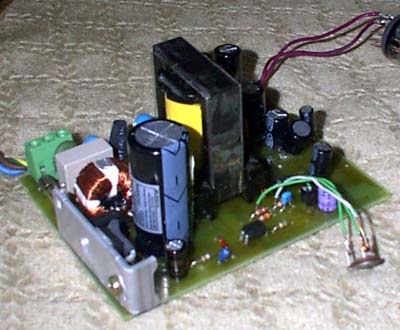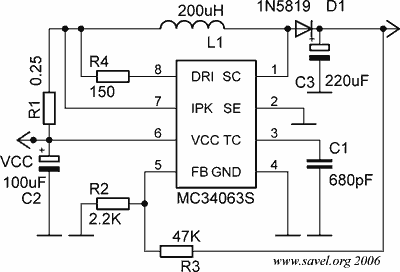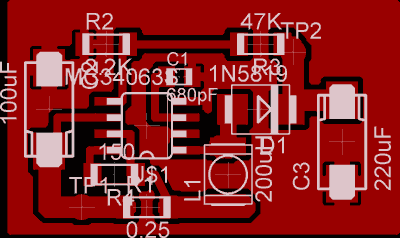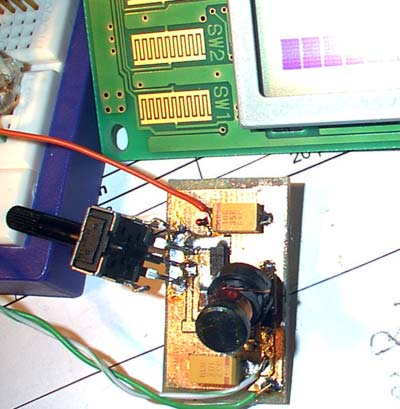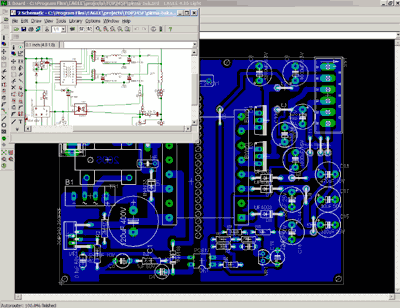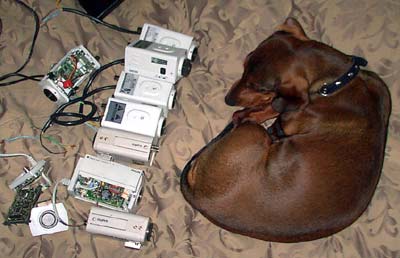This web page and lots of other small web pages are powered from recycled computers. The hardware is very old… Yesterday, very old Seagate SCSI disk drive failed… This was very sad news, as the backup of the disk is not created. So all stuff in /home directory was almost lost. When drive was removed from the system and cooled down, the data was recovered. Almost all data. There was lots off abandoned stuff in various hidden directories and few semi finished projects. The data was from old pictures for ebay auction to some heavyweight warezes.
Here is the picture of our RIP, Seagate ST32171W Barracuda hard disk.
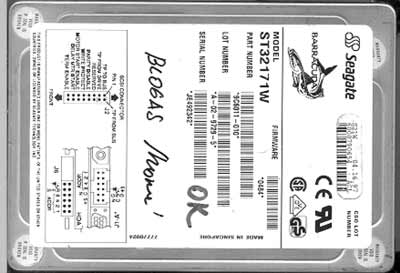
According to some label attached to it, it was sold in 1997. This disk started carrier as part of RAID system of some local company. When bigger company acquired that smaller company, the hard disks were stored in some warehouse. After some storage years, the disk was recovered, reformatted and placed in my web server.
Disk didn’t managed to stay alive for ten years… Rest in peace… You think so? No. The drive will be disassembled to various interesting parts. Like grinder, few electronic details and quite powerful magnets.
Don’t forget to create backups of your important data!

